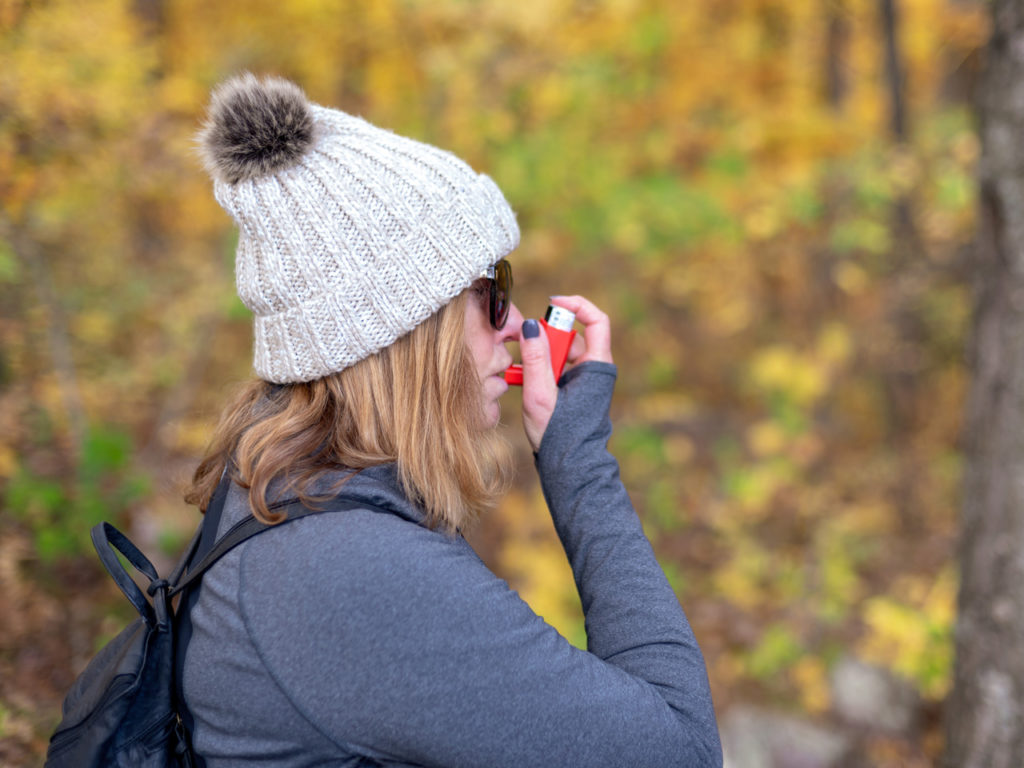
This week marks the official start of fall, and with leaves beginning to turn it’s definitely feeling like a new season. Unfortunately, however, the third week of September is also known as “peak week” for people with asthma because this particular time of year is when asthma episodes are most intense. Indoor air quality plays an important role for those living with asthma and allergies, and it’s vital to keep indoor air as hygienic as possible to protect people’s health, especially right now in late September.
Why is this such a challenging week for asthma symptoms? It’s a perfect storm of factors—ragweed pollen counts peak in September, and mold counts are rising as leaves begin to fall. On top of that, the return to school in the fall exposes children to many respiratory illnesses that can aggravate asthma conditions, including colds, flu and COVID.
All of these triggers can lead to increased asthma symptoms, and with hospitals already strained by the pandemic, it’s more important than ever to keep asthma under control and avoid hospitalization.
That’s where indoor air quality (IAQ) comes in. Here are three strategies for improving air hygiene inside the spaces where we live, work and learn:
If you’re unsure how to make changes to your indoor air, there are experts who can help you get started. The Indoor Air Hygiene Institute (The Institute) has air hygienists who work with facilities managers to understand their IAQ and make science-based decisions on measures to improve air hygiene. Understanding any problem is the key to making the right investments in your indoor air quality, both now as allergens and asthma risks are at their peak and throughout the year. For more information, contact The Institute at [email protected].


Ensure you are taking the right steps to provide quality indoor air. Give people the confidence to return indoors.